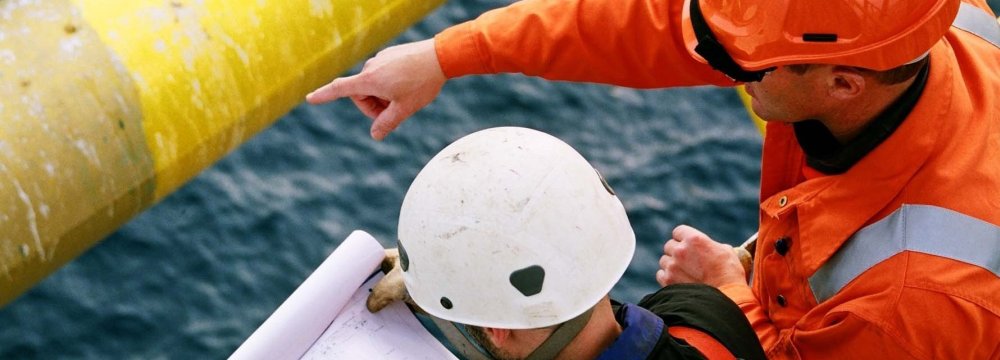Iran's petroleum industry is operating with technology and equipment that belong to several generations ago and the way to eliminate the bottleneck is by opening up the key sector to foreign investment and technology, a senior oil official says.
"Technology wise, Iran's state oil company, NIOC, is drastically lagging behind international and national oil companies, and that's our biggest issue," Gholamreza Manouchehri, deputy for development and engineering at the National Iranian Oil Company, also said in an interview with ILNA.
"Domestic companies operating in the oil and gas sector are pursuing standards and practices that belong to the era before the Islamic Revolution" in 1979, he added.
According to Manouchehri, fluctuations in Iran's crude oil production and export over the past four decades mirror the plight of an economy that was once the world's fourth-largest oil producer.
"Before the revolution, Iran's production peaked at 6.5 million barrels per day and we were directly challenging Saudi Arabia … It is now between 3.5-4 million barrels per day," he said.
Iran was OPEC's second largest and world's fourth biggest producer in 1976 when daily output had hit 6.6 million barrels.
The country's oil sector has been punished by two crucial blows in recent history: the eight-year Iran-Iraq war in 1980s during which many oil facilities across the southern shores were bombed and international economic sanctions that curtailed crude output from 4 million barrels per day in 2011 to around 2.5 million bpd in the following years. Manouchehri said the way up is to support and expand domestic exploration and production companies.
"Smaller E&P firms can learn from international majors. Foreign companies that seek a place in Iran's energy projects must now work alongside Iranian firms and transfer their know-how. One prominent example of an Iranian E&P contractor that's poised to grow is Petropars," he said.
Petropars is a minority stakeholder in a $5 billion gas project in the Persian Gulf that sees French energy giant Total as the main contractor as well as China's state-owned CNPC. The partnership is expected to help Petropars, a subsidiary of NIOC, to expand its managerial and E&P expertise.
"Petropars has a good record in developing South Pars phases and the new gas project (alongside Total) will help Petropars enhance its reputation and competence," he said.
"Unfortunately, we have long erected a wall around us and turned our back to the outside world. We need to change the situation."
The government of President Hassan Rouhani is on a campaign to open up economic and energy sectors to outside investors. The administration has designed a new framework to develop oil and gas projects, known as Iran Petroleum Contract, and signed the first deal within the IPC framework to develop Phase 11 of the South Pars Gas Field in early July, about a month before the end of Rouhani's first term as president.











Add new comment
Read our comment policy before posting your viewpoints